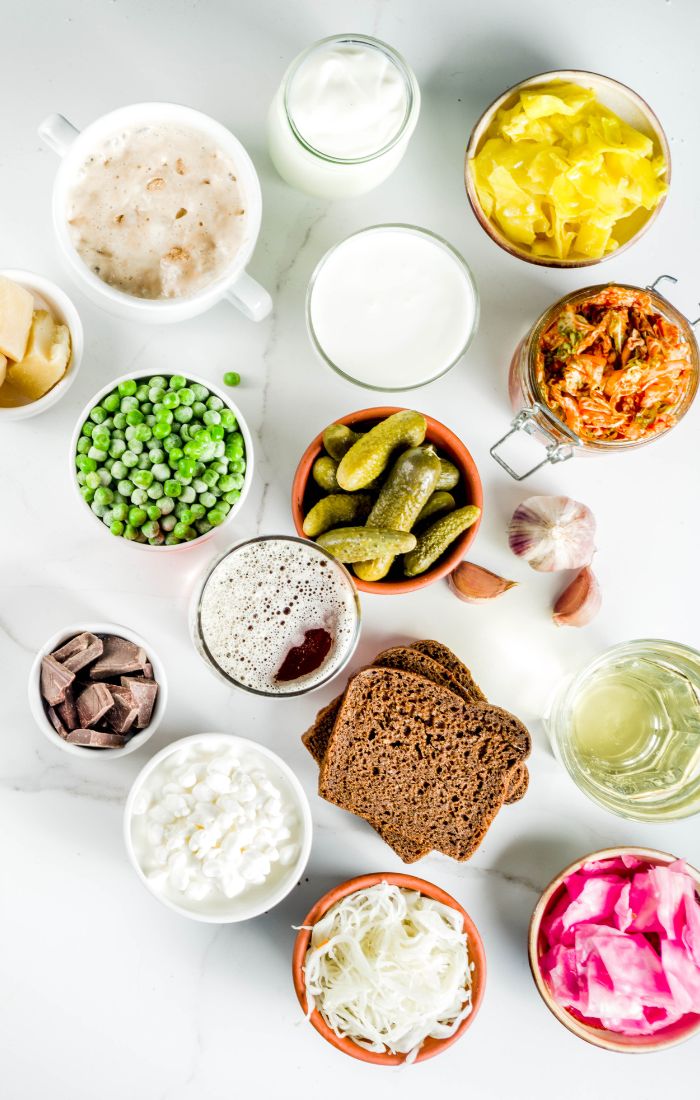
Let’s talk gut health! Specifically, understanding the difference between prebiotics and probiotics and why you need both to maintain a healthy digestive system.
You’ve probably heard about probiotics before, and you may have heard of prebiotics. Prebiotics are a type of fiber, while probiotics are a type of good bacteria.
They’re two different things and you can get them from a variety of sources. Both are essential for your well-being.
Let’s break down the differences between prebiotics and probiotics, and the benefits of each:
Prebiotics: Feeding the Good Bacteria
Prebiotics are non-digestible fibers and compounds found in certain foods that serve as food for the beneficial bacteria residing in our gut.
Prebiotics are like the gardener that fertilizes the soil (our gut) for the beneficial bacteria to grow and flourish.
The full details are below, and you can also check out episode 18 of The Elizabeth Rider Show: Balancing Your Gut Without Dieting Using Facts About Prebiotics & Probiotics on Apple Podcasts, any podcast app, or simply click play below:
To distinguish between prebiotics and probiotics, remember that prebiotics are a type of fiber, and probiotics are a type of bacteria.
Why Prebiotics Benefit Our Gut and Health:
- Nourish beneficial bacteria: Prebiotics provide essential sustenance to the good bacteria in our gut, encouraging their growth and survival.
- Improve gut barrier function: By promoting the growth of good bacteria, prebiotics help maintain the integrity of the gut lining, which can reduce the risk of leaky gut and inflammation.
- Enhance nutrient absorption: A healthy gut with a balanced microbial environment can better absorb nutrients from the food we eat, ensuring we get the most out of our meals.
- Boost immune function: A well-nourished gut supports a robust immune system, helping to protect us against infections and illnesses.
- Aid in weight management: Some studies suggest that prebiotics can help with weight management by influencing the balance of gut bacteria and reducing the absorption of calories from food.
Examples of Foods High in Prebiotics:
- Garlic
- Onions
- Leeks
- Asparagus
- Chicory root
- Jerusalem artichokes
- Bananas (unripe)
- These whole-food smoothie recipes are wonderfully rich in prebiotic fiber
What do all of these prebiotic-rich foods have in common? They are high in inulin.
Inulin is a type of dietary fiber found in various plants, particularly in chicory root, onions, garlic, and some fruits.
As a prebiotic, inulin serves as a food source for beneficial bacteria in the gut, promoting their growth and activity. It’s not digested in the upper gastrointestinal tract and instead travels to the colon, where it is fermented by the gut microbiota.
Types of Fiber That Are Prebiotics:
Several types of dietary fiber are considered prebiotics, as they provide nourishment for beneficial bacteria in the gut and support a healthy gut microbiome. In addition to inulin, here are some other types of fiber that have prebiotic properties:
- Fructooligosaccharides (FOS): FOS are naturally occurring compounds found in various plants. They are similar to inulin and serve as food for beneficial gut bacteria. FOS can be found in foods like bananas, onions, garlic, and asparagus.
- Galactooligosaccharides (GOS): GOS are prebiotic fibers found in human breast milk and some plant sources. They stimulate the growth of beneficial bacteria, particularly Bifidobacteria. GOS can also be added to certain infant formulas to mimic the benefits of breast milk.
- Resistant Starch: Resistant starch is a type of starch that resists digestion in the small intestine and reaches the colon intact. There, it becomes a substrate for fermentation by gut bacteria. Foods rich in resistant starch include green bananas, cooked and cooled potatoes, and legumes.
- Pectin: Pectin is a soluble fiber found in fruits, particularly in the skins of apples, citrus fruits, and berries. It forms a gel-like substance in the gut and can be fermented by beneficial bacteria.
- Beta-Glucans: Beta-glucans are soluble fibers found in certain grains, such as oats and barley, as well as in some mushrooms. They have been shown to have immune-modulating effects and can support gut health by promoting the growth of beneficial bacteria.
- Arabinogalactans: Arabinogalactans are plant polysaccharides found in sources like larch trees. They can stimulate the growth of Bifidobacteria and contribute to gut health.
- Xylooligosaccharides (XOS): XOS are prebiotic fibers found in fruits, vegetables, and bamboo shoots. They have been shown to support the growth of beneficial bacteria, particularly Bifidobacteria and Lactobacilli.
- Larch Arabinogalactan: This prebiotic fiber is derived from the wood of the larch tree. It supports the growth of beneficial bacteria and can also help maintain a healthy immune response.
Incorporating a variety of these prebiotic fibers into your diet can help promote a diverse and balanced gut microbiome. Different prebiotics may have slightly different effects on the gut microbiome, so consuming a mix of prebiotic-rich foods can be beneficial for overall gut health.
Probiotics: The Gut’s Friendly Bacteria
Now that you know all about prebiotics, let’s talk about probiotics.
Probiotics are live microorganisms, often referred to as “good” or “friendly” bacteria, that, when consumed in adequate amounts, provide health benefits to the host (that’s us!) by restoring and maintaining a healthy balance of gut bacteria.
There are many types of probiotics naturally occurring in nature (and also in supplement form.) There are too many to list here! But here are some common probiotics:
Lactobacillus acidophilus:
- One of the most well-known probiotics.
- Found in the digestive, urinary, and genital systems.
- Helps produce lactase, an enzyme that breaks down lactose (milk sugar).
- Supports a healthy balance of gut bacteria.
Bifidobacterium lactis:
- Often used in dairy products and supplements.
- Supports immune function and digestion.
- May help alleviate symptoms of irritable bowel syndrome (IBS).
Lactobacillus casei:
- Commonly found in fermented foods and dairy products.
- Supports gut health and aids in lactose digestion.
- May help reduce inflammation and improve skin health.
Bifidobacterium bifidum:
- Naturally occurs in the human gut, particularly in breastfed infants.
- Supports the growth of other beneficial bacteria.
- Plays a role in maintaining a healthy digestive system.
Why Probiotics Benefit Our Gut and Health:
- Restore gut balance: Probiotics help replenish the beneficial bacteria that might be depleted due to poor diet, stress, or antibiotic use.
- Support digestion: These friendly bacteria assist in breaking down food and the absorption of nutrients, which can improve digestion and reduce bloating and discomfort.
- Reduce inflammation: Probiotics can modulate the immune system and reduce inflammation in the gut, promoting overall health.
- Alleviate gastrointestinal issues: Probiotics have been found to be beneficial in managing certain digestive conditions, such as irritable bowel syndrome (IBS) and diarrhea.
- Enhance mental well-being: The gut-brain axis, the connection between the gut and the brain, is influenced by probiotics. Consuming them may positively impact mood and mental health.
I discuss probiotics in-depth and give recipes in my first book, The Health Habit. You can grab your copy here.
Examples of Probiotic Foods:
- Yogurt (look for varieties with live and active cultures that are also low in sugar)
- Fermented coconut yogurt (recipe here)
- Kefir
- Skyr yogurt (Icelandic yogurt, similar to but thicker than Greek Yogurt)
- Labneh (strained yogurt)
- Sauerkraut (recipe here)
- Kimchi
- Miso
- Tempeh
- Fermented pickles
But what about kombucha?
If you’re a kombucha (fermented tea) lover, you might be wondering why it’s not on the list above. Here’s the thing. Kombucha does have probiotics, but not a lot. Plus, it’s generally high in sugar. Sugar is sugar when it comes to keeping your blood glucose levels in check. While it’s ok to enjoy a kombucha now and again, my personal opinion is that it should not be relied on as a main source of probiotics.
Which probiotics should you take?
From a medical perspective, the effectiveness of probiotics can vary based on factors such as the individual’s health condition, the specific probiotic strain, and the dosage. Always consult a healthcare professional if you are experiencing health issues.
For general health and well-being, you can consume any probiotic-rich foods that you like. You don’t need to worry about which type you’re getting. Simply choose from the probiotic-rich foods listed above that you like best and that agree with your digestion. You can also choose a probiotic supplement that agrees with your digestion if you prefer to go that route.
You Need Both for Gut Health and Overall Wellness
When it comes to gut health and supporting optimal digestion, it’s not a competition between prebiotics and probiotics, but rather a beautiful partnership. By incorporating both prebiotic and probiotic-rich foods into our diets, you can create an optimal environment for beneficial bacteria to thrive.
So, load up your plate with a variety of prebiotic foods and enjoy some probiotic-rich treats to keep your gut health superheroes happy and thriving!
As always, consult with your healthcare professional before making significant changes to your diet, especially if you have any existing health conditions or concerns. Here’s to a happy gut and a healthy life!
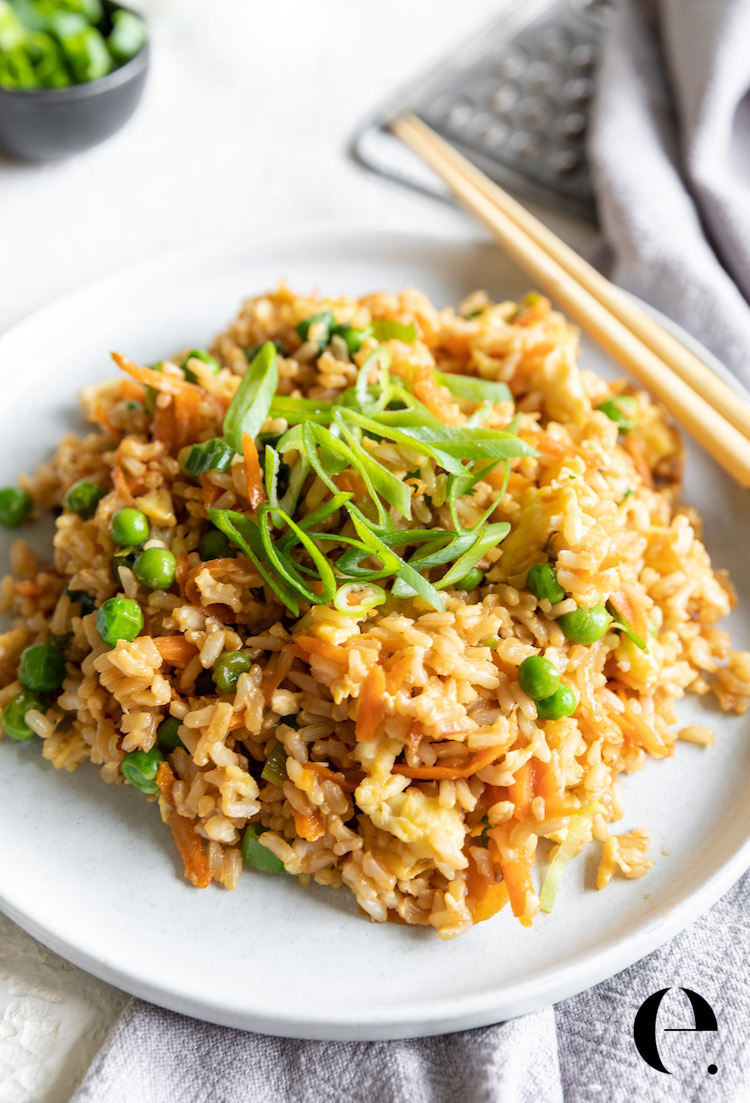
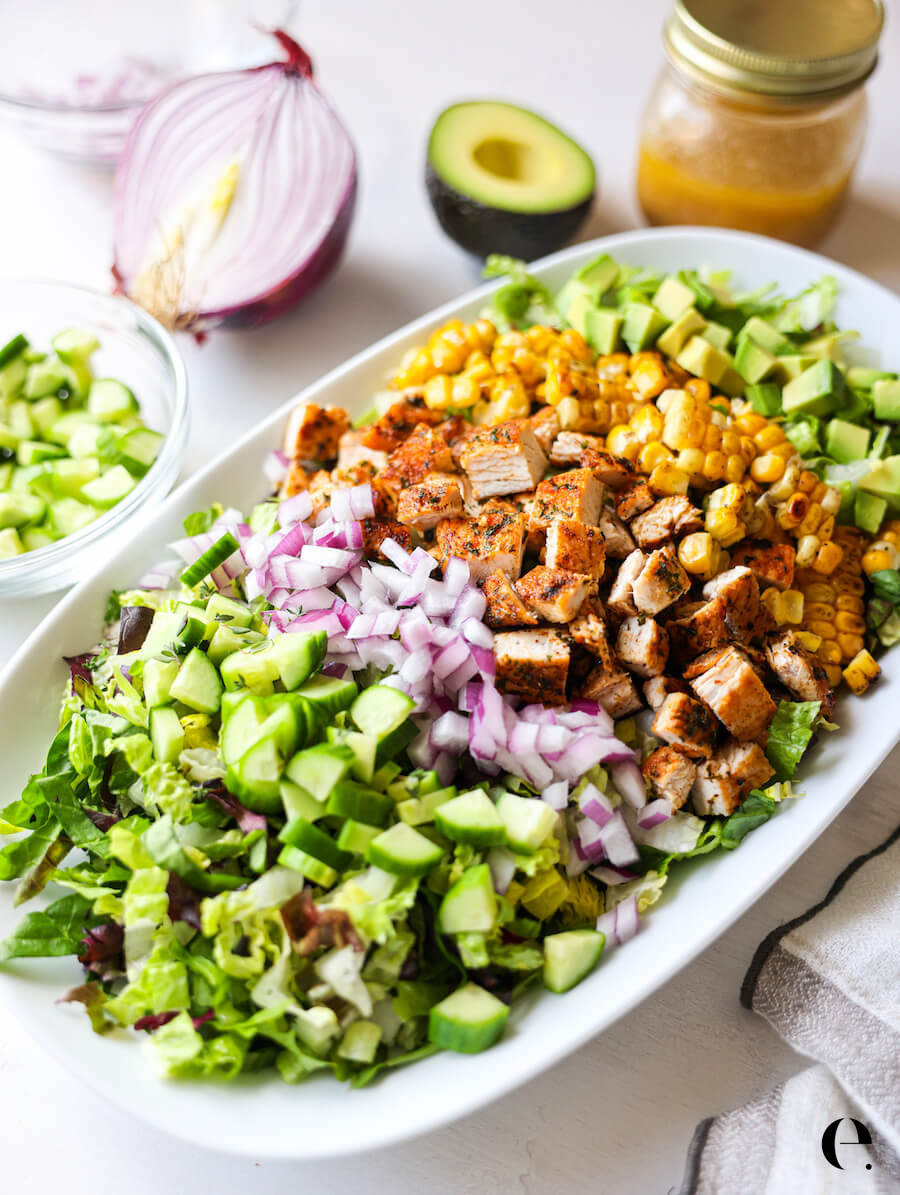
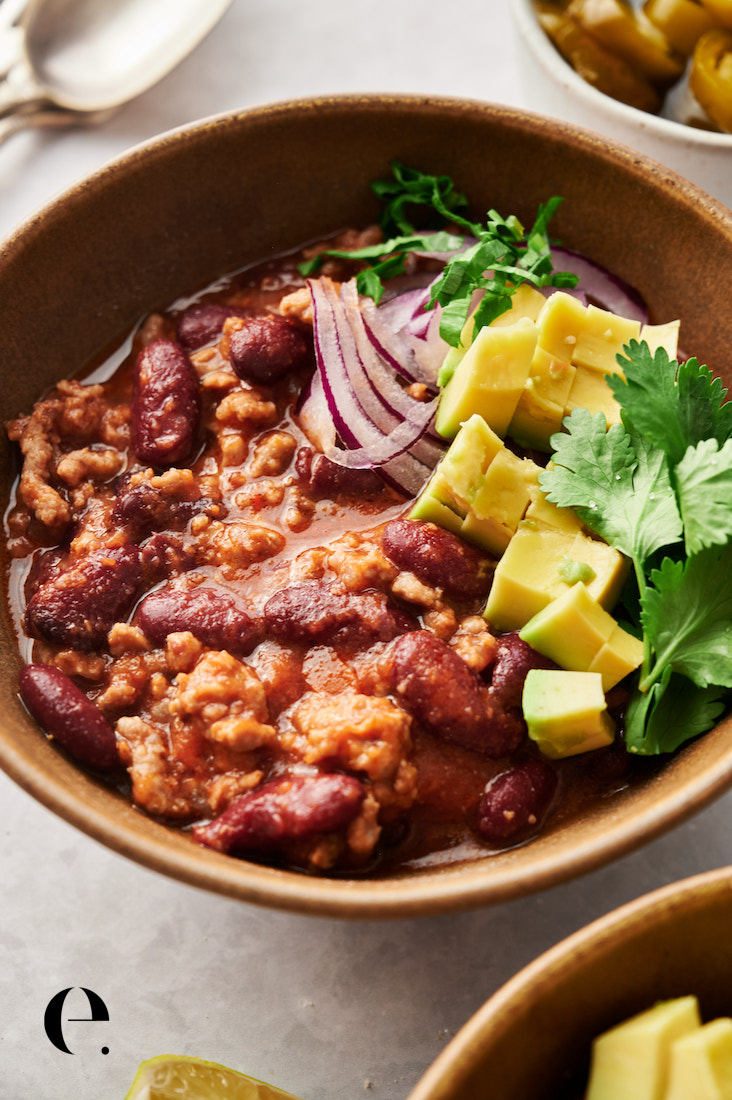
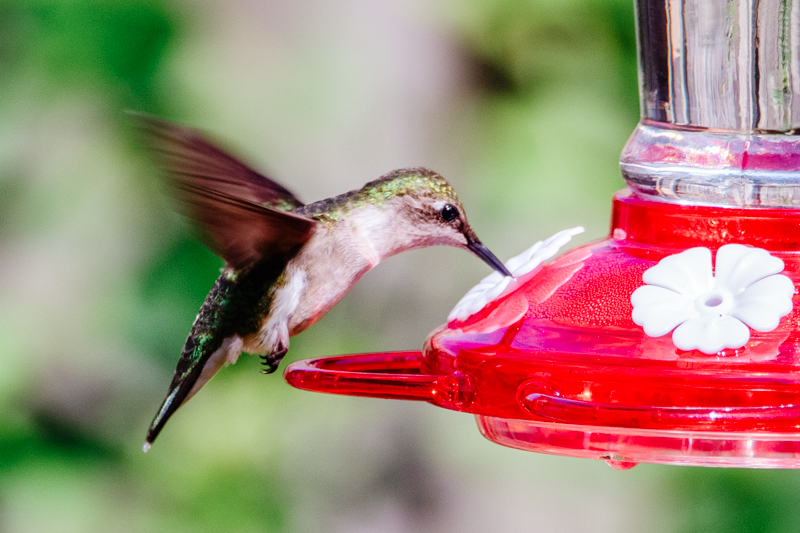
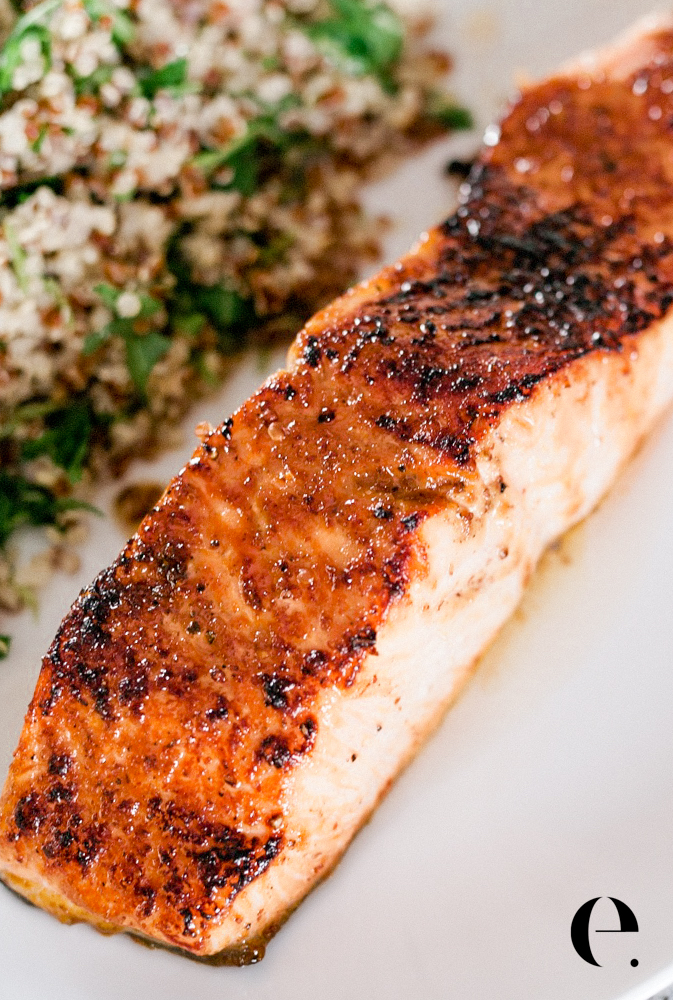
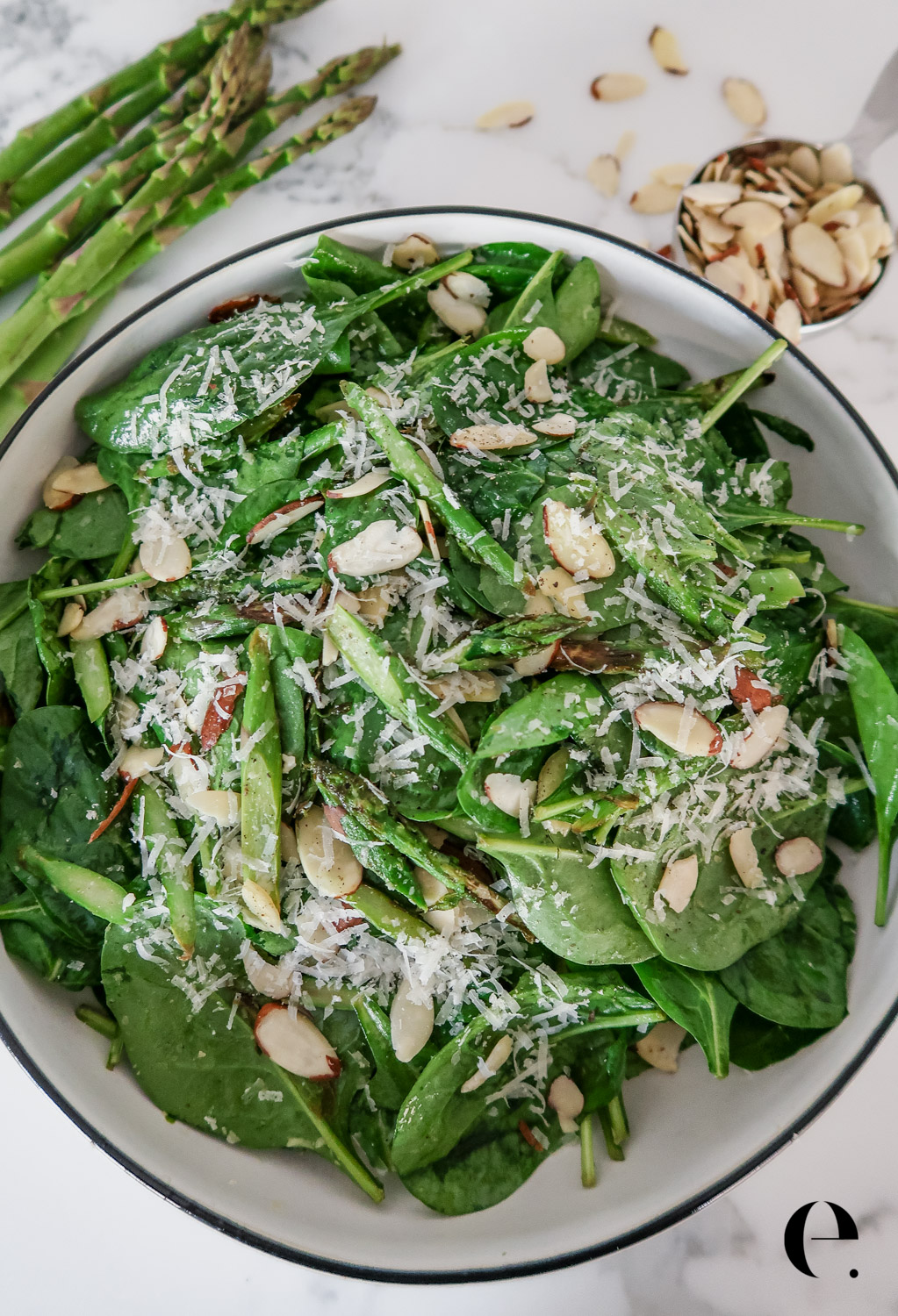
Leave A Review + Read The Comments →